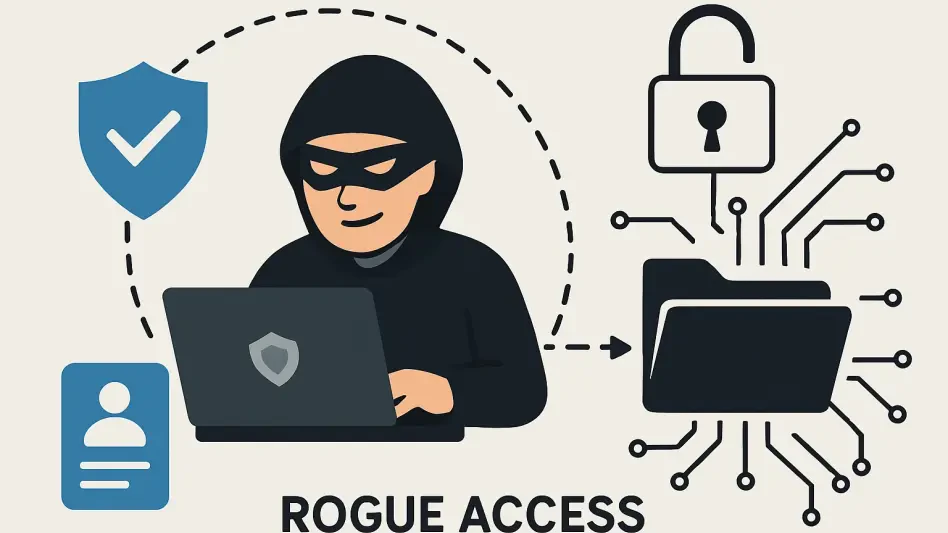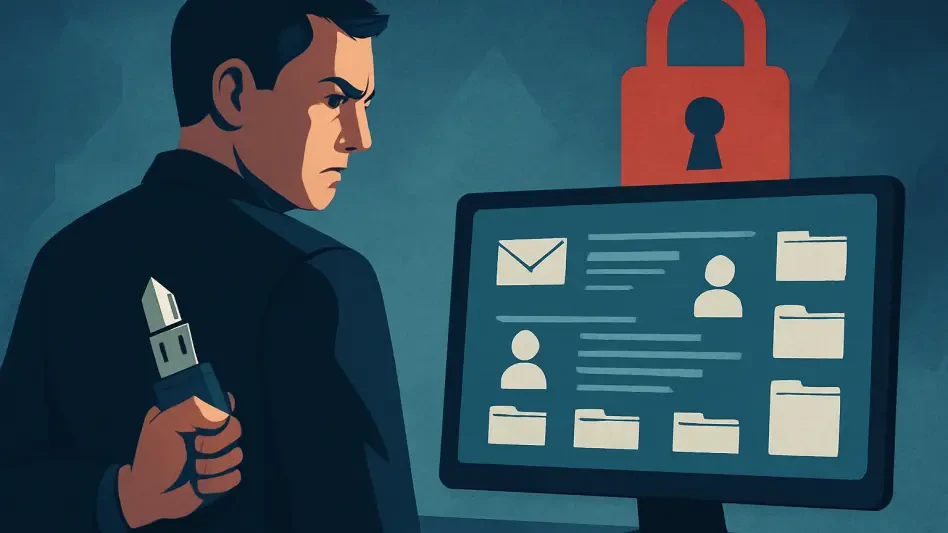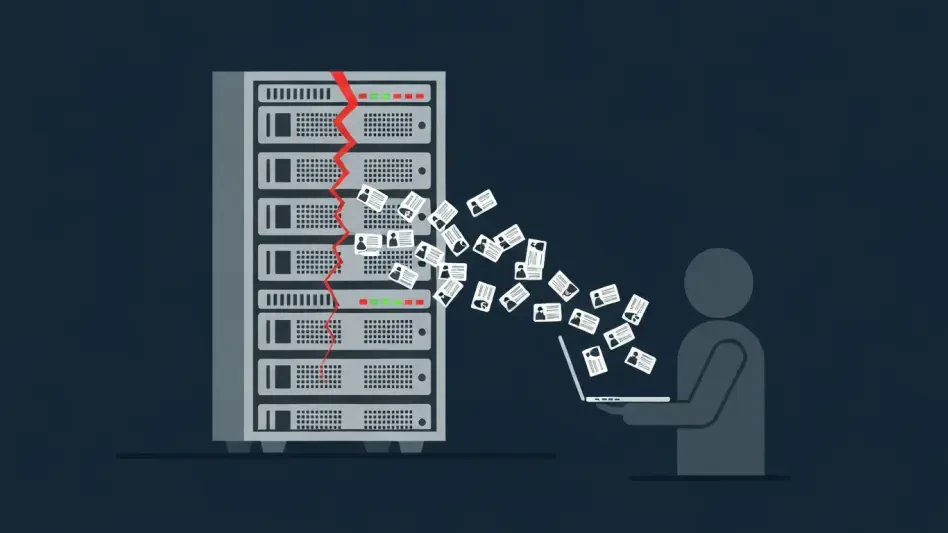In the digital realm where enterprise security faces endless challenges, rogue access poses a substantial but often invisible threat to organizations’ integrity. Comparable to dark matter in the universe, rogue access resides often unseen yet harbors tremendous potential to harm. It arises from unauthorized or incorrectly handled access to organizational systems, frequently bypassing established approval protocols or lingering beyond its intended purpose. This phenomenon gains heightened significance as enterprises advance their identity governance and administration frameworks, endeavoring to address compliance issues and embrace zero-trust security models. Understanding the nuances of rogue access is crucial for safeguarding data, maintaining operational continuity, and securing enterprise environments against evolving threats.
Identifying Rogue Access
Common Indicators and Their Implications
Rogue access can be identified through both static and behavioral indicators, serving as red flags within security systems. A key indicator includes the absence of an associated access request or approval trail, signifying direct granting of access without the necessary authorization process. Ownership mismatches, where entitlements lack an identifiable owner or are improperly managed, further underscore rogue access concerns. Anomalous access patterns are crucial, manifesting when users deviate significantly from peers within similar roles or levels, suggesting potential misuse. Dormant high privilege access conveys another alarming sign; users holding elevated privileges often fail to justify such access through regular usage, posing significant risks. These indicators play pivotal roles in revealing rogue access, allowing enterprises to prevent potential exploitation of these weak points.
Modern Tools and Techniques for Detection
Innovative governance tools have emerged to combat rogue access, utilizing advanced analytics and identity graphs for precise detection and remediation. Systems like SailPoint employ native change workflows, rapidly identifying rogue access instances and orchestrating immediate corrective actions. Machine learning and behavior analytics elevate detection capabilities by scoring risk levels associated with user actions and entitlements. Technologies review rogue instances through automated processes, applying remediation protocols or triggering actions for manual review when deviations are identified. This seamless integration of technology into access management allows enterprises to address rogue access effectively before such vulnerabilities can be exploited, safeguarding critical information and systems against unauthorized access.
Managing Rogue Access Risks
Governance Models for Remediation
Organizations adopt risk-based models to manage rogue access effectively, prioritizing resource criticality and system importance in remediation efforts. For systems where security is paramount, such as Active Directory or cloud platforms, access revocation occurs immediately or within a stringent 24 to 48-hour window. Moderate-risk applications, containing sensitive but less exposed data, typically observe a 7 to 10-day revocation period. Low-risk systems with non-critical content can extend access revocation measures up to 30 days, aligning with resource importance and entitlements’ priority levels. Automated workflows assist in instant remediation for connected systems, while disconnected apps rely on traditional IT ticket systems, engaging escalation protocols and clearly defined ownership reassignment measures.
Compliance and Audit Considerations
Rogue access presents challenges in tackling compliance audits and maintaining adherence to established frameworks. Industry protocols, including SOX, PCI DSS 4.0, NIST 800-53, ISO 27001, and CIS Controls, emphasize ongoing access review, user accountability, and privilege lifecycle governance as key priorities, which inherently address rogue access concerns. While these frameworks do not explicitly refer to rogue access, eliminating unregulated access falls deeply within their access monitoring and hygiene principles. Addressing rogue access is paramount for compliance success, impacting organizational transparency and audit trails, crucial elements for meeting regulatory requirements effectively and maintaining authoritative security standards.
Real-World Incidents
Case Study: Snowflake Data Breach
Real-world incidents shed light on rogue access’s destructive capabilities, underscoring the urgency of robust governance. One notable case occurred with Snowflake in 2024, where attackers exploited misgoverned contractor credentials, successfully exfiltrating customer data. These credentials, granted elevated access rights, fell outside of governance systems’ purview, thus escaping scrutiny and enabling malicious activity. This breach indicated significant failures in access monitoring and governance, highlighting the imperative of auditing access processes regularly and maintaining stringent identity verification measures to ward off unauthorized intrusions.
Lessons from Twitter’s Internal Breach
Another notable rogue access incident transpired during Twitter’s 2020 breach when vulnerabilities within internal tools allowed social engineering attacks to flourish. Employees retained extensive admin privileges inappropriate for their changed roles, emphasizing a significant governance breakdown. This accumulation of rogue permissions enabled attackers to manipulate systems, extracting sensitive data and causing reputational harm. Each instance underscores the necessity of continuous lifecycle governance—reviewing and adjusting user roles and access levels—ensuring rogue access is swiftly identified and disabled, preventing similar breaches.
Safeguarding Enterprise Environments
Addressing rogue access is a significant challenge when handling compliance audits and aligning with established industry frameworks. Key protocols such as SOX, PCI DSS 4.0, NIST 800-53, ISO 27001, and CIS Controls identify ongoing access review, user accountability, and governance of the privilege lifecycle as their main emphases. These priorities are crucial as they inherently tackle concerns related to unregulated or rogue access. Although these frameworks do not specifically mention the term “rogue access,” managing unauthorized access is deeply rooted in their principles of access monitoring and system hygiene. Eliminating rogue access is essential for achieving compliance success, as it directly affects organizational transparency and the integrity of audit trails, which are essential elements for fulfilling regulatory mandates and achieving high standards of security. By managing and monitoring access effectively, organizations can ensure they adhere to the necessary protocols and maintain authoritative security standards.








